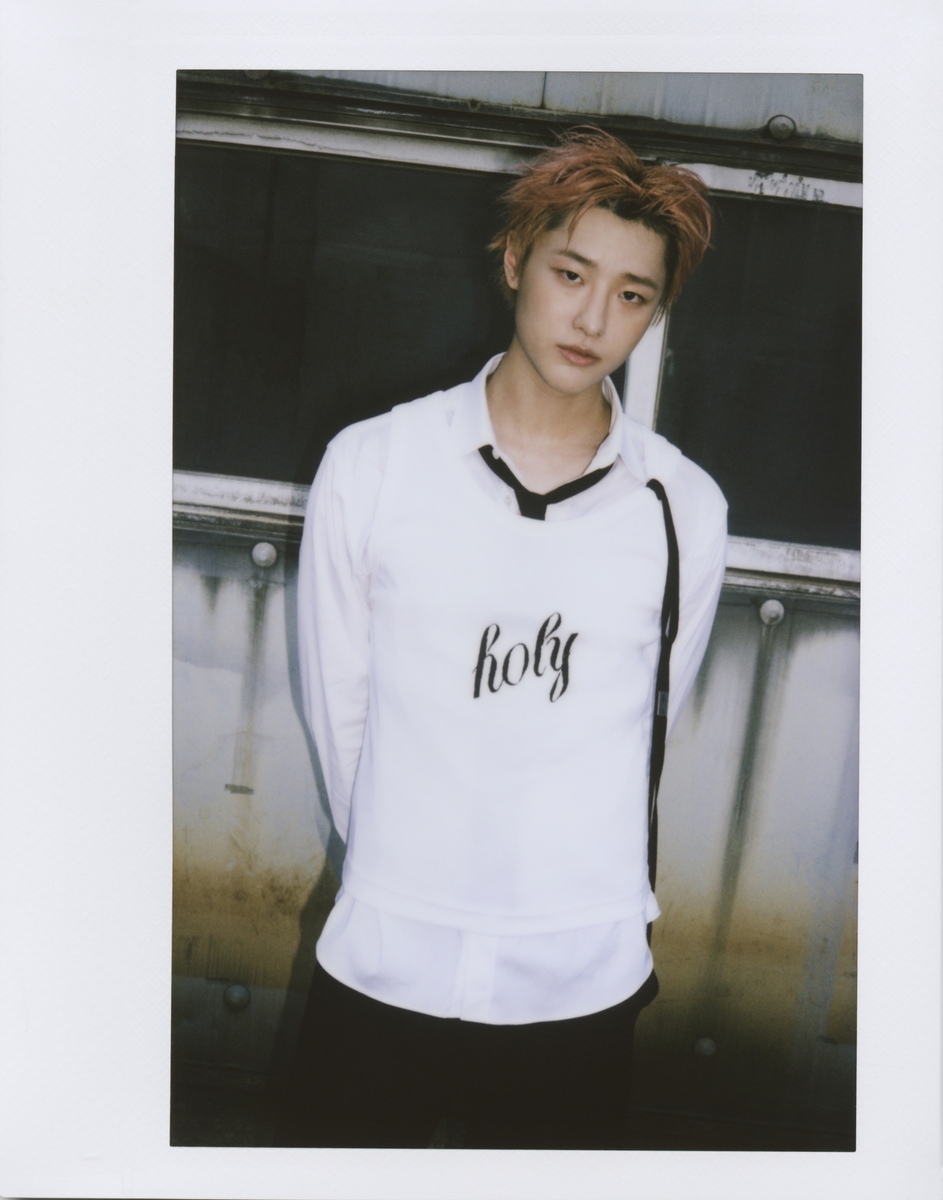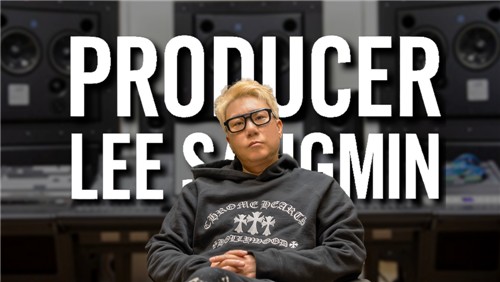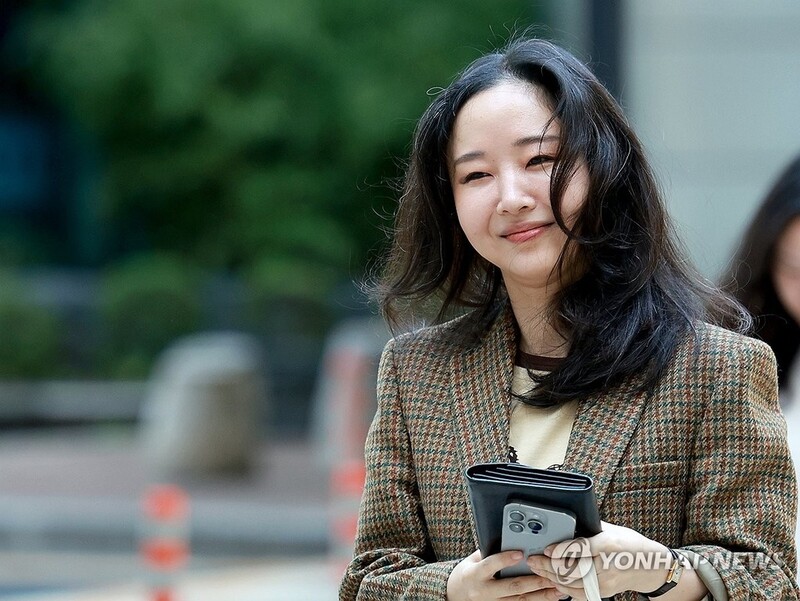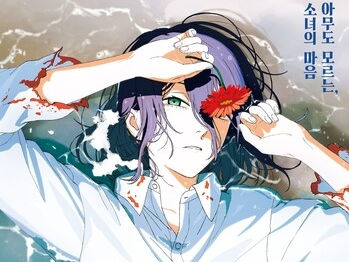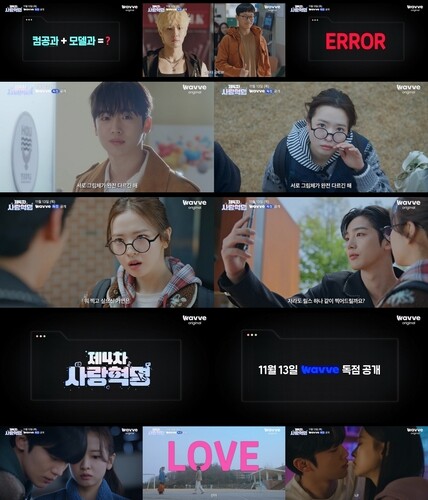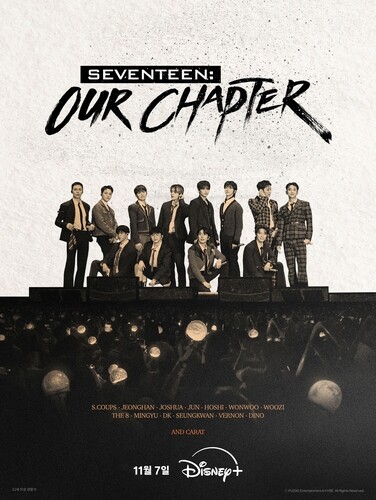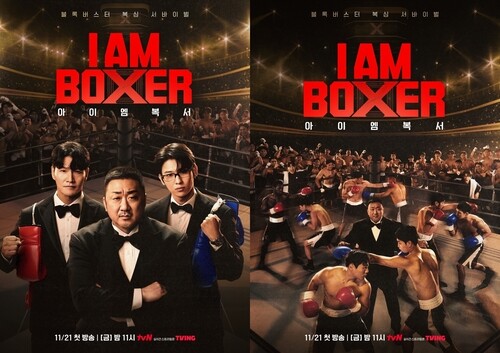 |
| ▲ This photo, provided by the Cultural Heritage Administration, shows Ahn Sook-sun, who will be recognized as the holder of the national intangible cultural asset, "Pansori (Chunhyangga)." (PHOTO NOT FOR SALE) (Yonhap) |
 |
| ▲ This photo, provided by the Cultural Heritage Administration, shows Lee Dong-gyu, who is recognized as the holder of "gagok." (PHOTO NOT FOR SALE) (Yonhap) |
 |
| ▲ This photo, provided by the Cultural Heritage Administration, shows Kim Seong-rak, the holder of "Gungsijang." (PHOTO NOT FOR SALE) (Yonhap) |
 |
| ▲ This photo, provided by the Cultural Heritage Administration, shows Kim Yun-kyung (left) and Yoo Se-hyeon (right) who will be accepted as the holder of "Gungsijang." (PHOTO NOT FOR SALE) (Yonhap) |
SEOUL, July 8 (Yonhap) -- Ahn Sook-sun, who is considered as the best singer and has worked hard to promote Korean traditional music, is recognized as the holder of the national intangible cultural asset for pansori ( Korean genre of musical storytelling performed by a singer and a drummer).
The Cultural Heritage Administration announced on Thursday that Ahn Sook-sun will be recognized as the holder of the national intangible cultural asset "Pansori (Chunhyangga)."
"Ahn has been widely known to the public as a pansori master. However, as a result of the investigation on Chunhyangga-related pansori holder, her ability to transmit, her environment, and contribution to promote these activities were excellent," the Cultural Heritage Administration explained.
Ahn has been called "Baby Master Singer" since she was young and has been at the forefront of promoting Korea's voice.
Ahn, who started Korean traditional music in 1957 at the age of eight, joined the National Changgeuk Company of Korea in 1979 and played a leading role. In 1986, she sang five surviving stories of the Korean pansori storytelling tradition (Chunhyangga, Heungbuga , Simcheongga, Sugungga, and Jeokbyeokga).
Ahn, who has been actively working on stage to promote Korean traditional culture, was awarded the Trophy of Arts and Literature from the French government in 1998, and was also awarded the Eunkwan Order of Cultural Merit of the Republic of Korea last year.
It is expected that Ahn's existing "Gayageum Sanjo and Byeongchang (free-style gayageum Solo and Music and Singing)" holder's qualification will be cancelled. She was recognized as the holder of the gayageum sanjo and byeongchang divisions since 1997 following her teacher, Park Gwi-hee (1921-1993). However, the Cultural Heritage Administration announced that it would be lifted.
In order to maintain a stable national intangible cultural heritage system, the Cultural Heritage Administration is making sure that one holder is not credited for multiple national intangibles.
Lee Dong-gyu, who has been walking a single road in Gagok (genre of Korean vocal music for mixed female and male voices) for more than 60 years, has been recognized as a holder of the national intangible cultural heritage this time.
Gagok is a vocal piece that sings sijo poetry to the accompaniment of chamber music composed of strings and wind instruments, and has been handed down by being divided into male and female singers.
In 1958, Lee Dong-gyu entered the Gugaksa Yangseongso, the predecessor of the National Gugak High School, and learned songs from his father, Lee Byung-seong. In 1961, he began to receive full-scale education from Lee Joo-hwan, who was a holder of gagok.
After that, he worked as a member of the National Gugak Center from 1971, and in 1982, he was recognized as an educator of spreading the awareness of it and worked hard to revitalize the songs and nurture younger students.
In particular, he is praised for his excellent understanding and interpretation of music, and for his energetic singing style.
"There were one male and two female existing singers. While they have been vulnerable to producing male singers, after he came, the environment felt more motivated."
Gungsijang (Bow and Arrow Making), where three people, including Kim Seong-rak and two others are expected to be recognized as possessors, refers to the ability of making bows and arrows along a person with those skills. The person who makes the bow is called "Gungjang" (弓匠), and the person who makes arrows is called "sijang."
Kim Seong-rak entered this field at the recommendation of his father in 1991 and has been recognized as an educator of spreading awareness of National Intangible Cultural Heritage, gungsijang.
Kim Yun-kyung learnt gungsijang from the late Kim Park-young, who was the owner of gungsijang(gungjang), and was recognized as a teacher to spread awareness of it in 2009.
Yoo Se-hyeon, who is expected to be recognized as the owner of gungsijang, is a craftsman who has been continuing the tradition of arrow making for the fourth generation since his great-grandfather for 37 years.
(END)
(C) Yonhap News Agency. All Rights Reserved









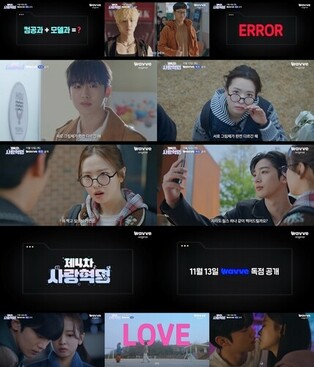
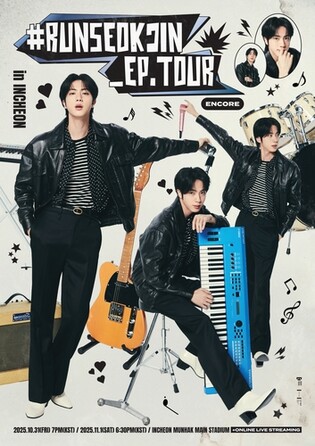
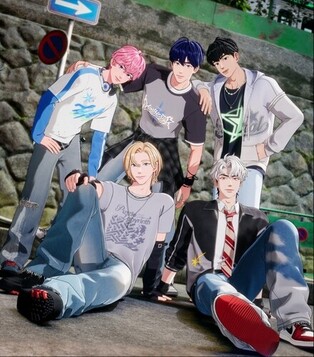

![[가요소식] 보이넥스트도어, 신보로 3연속 밀리언셀러 달성](https://korean-vibe.com/news/data/20251025/yna1065624915905018_166_thum.jpg)
